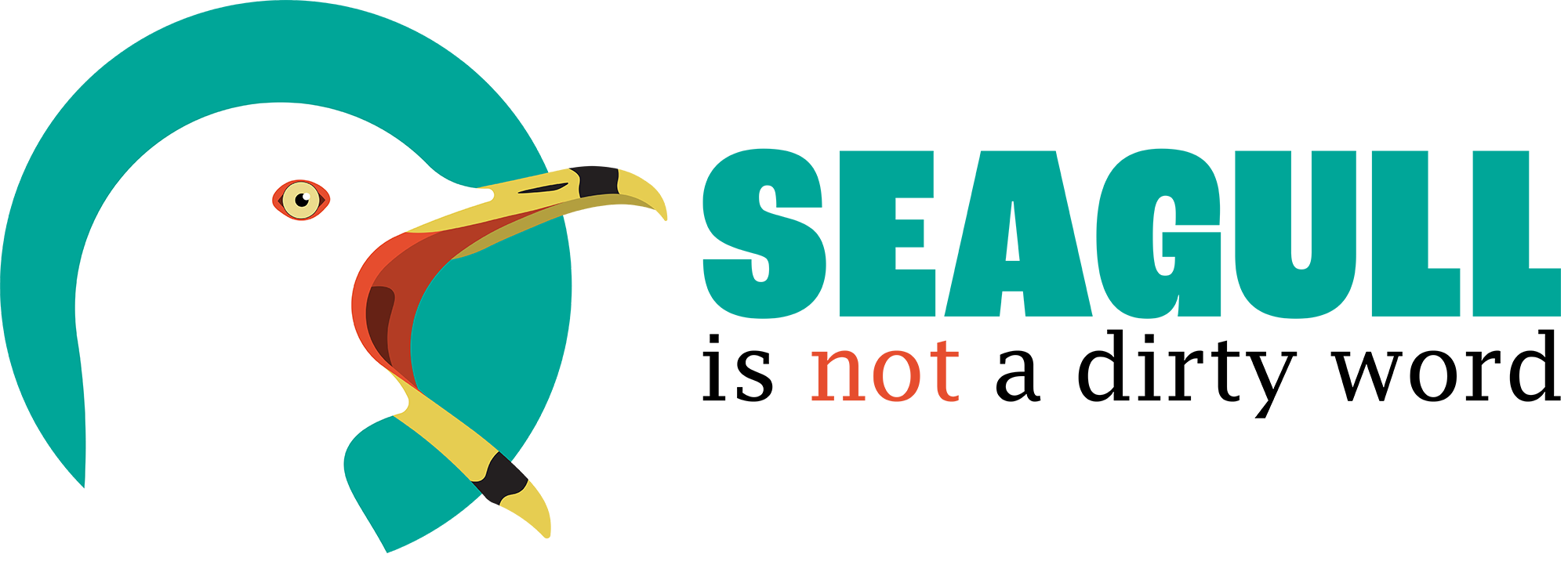There’s something about owls that makes people absolutely lose their minds.
I’m not kidding, and I’m not exaggerating. In my day-job I have the great fortune to work with – and teach people about – these enigmatic birds, and I’ve seen it time and time again. Owls bring different things out of different people, from harmless fascination to absolute mania.
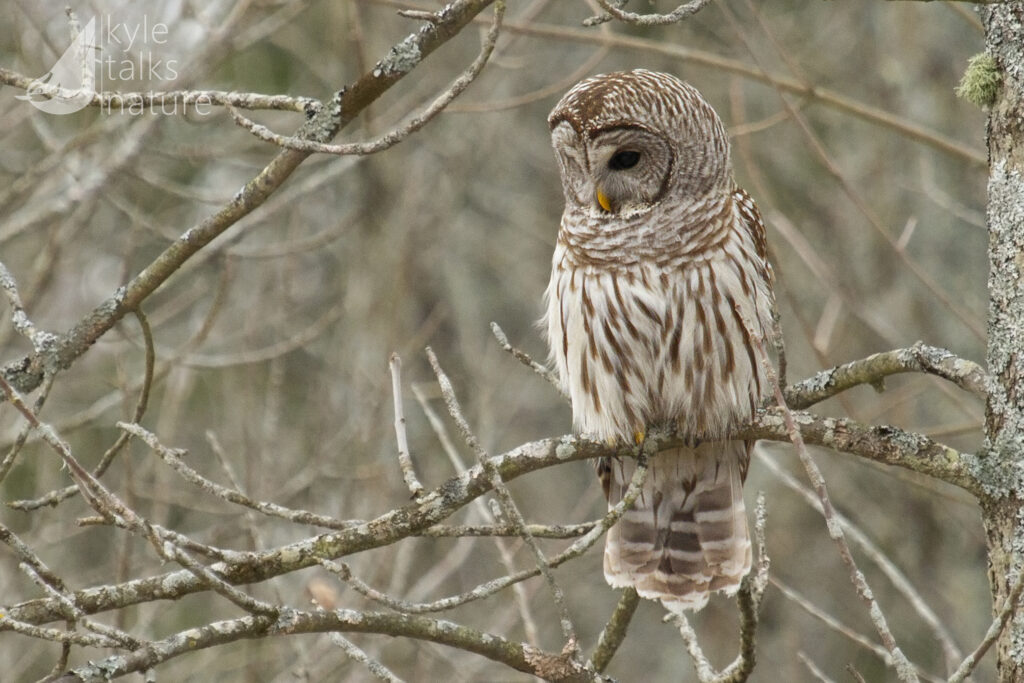
I’m not sure what it is about these creatures that separates them from the rest. Is it their persistent and oft-magical role in literature and lore? Their mysterious, nocturnal nature? The resemblance of their faces to our own? Or maybe it’s just how damn cute they are. Whatever the cause, people tend to take a short leave of their senses when they see one.
In an educational setting, this is great! I can use that captivation to start up a conversation, teach about science, maybe even sneak in some important messages about conservation. We can marvel together at how cool owls are, debunk some myths, and generally create a positive experience for everyone.
There is another context, however, where this owl hysteria manifests in a more harmful way, and that is out in nature.
If you are a part of the birding community, you likely know where this is headed. The season for human-owl conflict is upon us, and the posts have already started appearing in birding forums. The problem is – in a nutshell – that people just can’t leave the freaking owls alone.
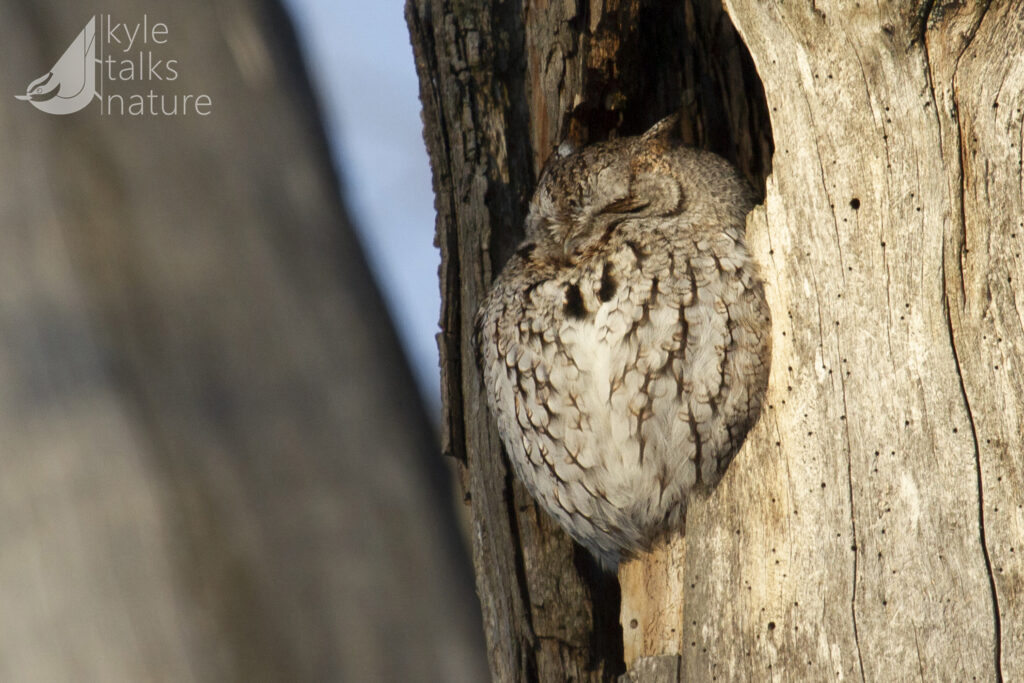
This issue reared its head recently here in Ontario with the treatment of a particular Northern Saw-whet Owl. This bird is what folks have come to refer to as a “celebrity owl”, as its location is well-known and it inhabits an urban area where it is easily accessed for viewing. Seeing one of these diminuitive hunters is a rare treat for any birder, so you can imagine that there are many keen to make the trip.
You would also imagine that visitors would – given their obvious adoration of the bird – engage in respectful viewing from a responsible distance, allowing the owl to carry out its life relatively undisturbed. Unfortunately, you would be wrong.
Now undoubtedly many reasonable people did go to see this owl, but any ethical behaviour was quickly overshadowed when accusations (and photos) emerged of people approaching the bird to within arms-length, taking selfies with it, and even breaking branches on the trees in which it was hiding, in order to get an unobstructed photo.
This harassment and destructive behaviour has become par for the course with owls like this one. These actions have ramifications, not just for the owl and its habitat, but for those birders who would enjoy the bird in a responsible way. Owl locations have become a closely guarded secret, with finders keeping their details close to the vest, and many forums not allowing photos of vulnerable owls to be shared for fear that they will be discovered.
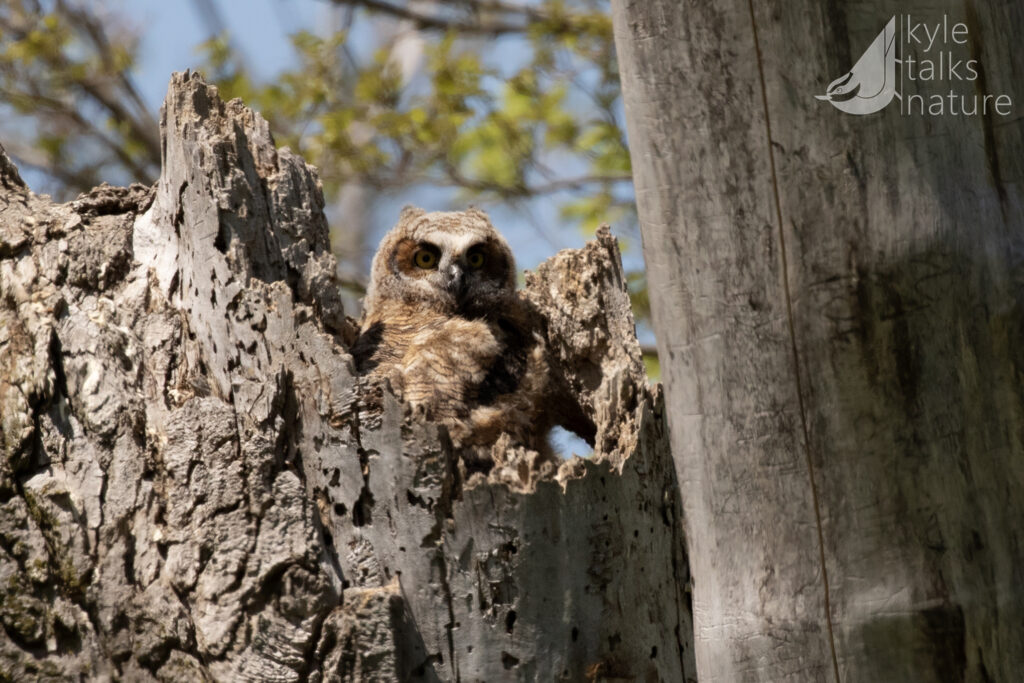
The crowd that these owls draw is an interesting one. In it you’ll see far more cameras than binoculars (I am a person who carries both, before the accusations of bias begin). People who take no interest in any other bird seem to come out of the woodwork for owls, determined to get their perfect shot regardless of the cost, and sometimes in defiance of protests from surrounding birders.
Making the situation far worse is the fact that an owl’s biology predisposes it to harassment. If you approach a hawk too closely – as a counter-example – it’ll just fly a kilometer down the road and be done with you, but owls are a different story. They have evolved (mostly) to sleep in the day and rely on their camouflage to keep them safe. Small owls, especially, use this tactic to such an extreme that they may remain motionless even if they are physically touched by an intruder. On the flip-side, an owl that does fly away when disturbed exposes itself to a variety of hazards including vehicles, predators, and other birds which will mob this newly-exposed threat.
If the owls won’t protect themselves, then, the responsibility falls on their larger-brained observers to employ a modicum of common sense to minimize impact. Keeping a respectful distance, watching for signs of disturbance, and taking care not to damage habitat (intentionally or otherwise) should all be easy practices for achieving owl kindness. Spreading awareness to others, too, is invaluable.
Chances are, though, that if you have the common sense to do the above, you don’t actually need to hear this. And if you don’t, then hearing this will have no impact. It seems clear to me that many of the misbehavers are acting not out of ignorance but indifference, and that hurts all the more.
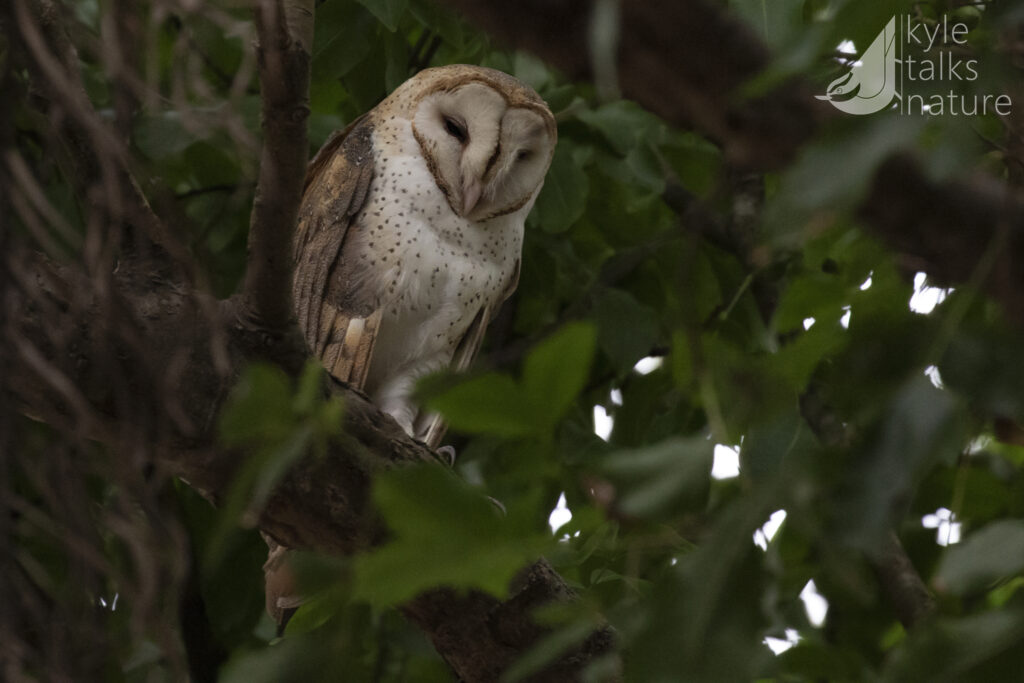
So is there a solution, then, to this pervasive problem? I genuinely don’t know. Unfortunately it seems that discretion about owl locations will continue to be the norm for the foreseeable future, and rightly so. Monitoring your own behaviour is important (especially if you feel a little owl-mania setting in) and reminding others about good behaviour, when possible, seems worth a try. Be critical of owl photos, too, before you smash the like button.
I’m certainly not the first to write on this topic, and if you’d like more food-for-thought from reputable sources here are three good articles that are well worth a read:
- Why Closer Is Not Always Better When Photographing Birds – Daniel Dietrich, Audubon
- Snowy Owl Viewing: Observe Without Disturbing – New Hampshire Audubon
- Attracting Owls to Your Backyard: Safely, Responsibly, Ethically – Brooklin E. Hunt, Owl Research Institute
A quick Googling will produce lots more, too. In the meantime, if you should happen to stumble upon an owl in the wild, consider yourself incredibly lucky to share a moment with one of nature’s most mysterious creatures. Maybe just don’t spread it around.
